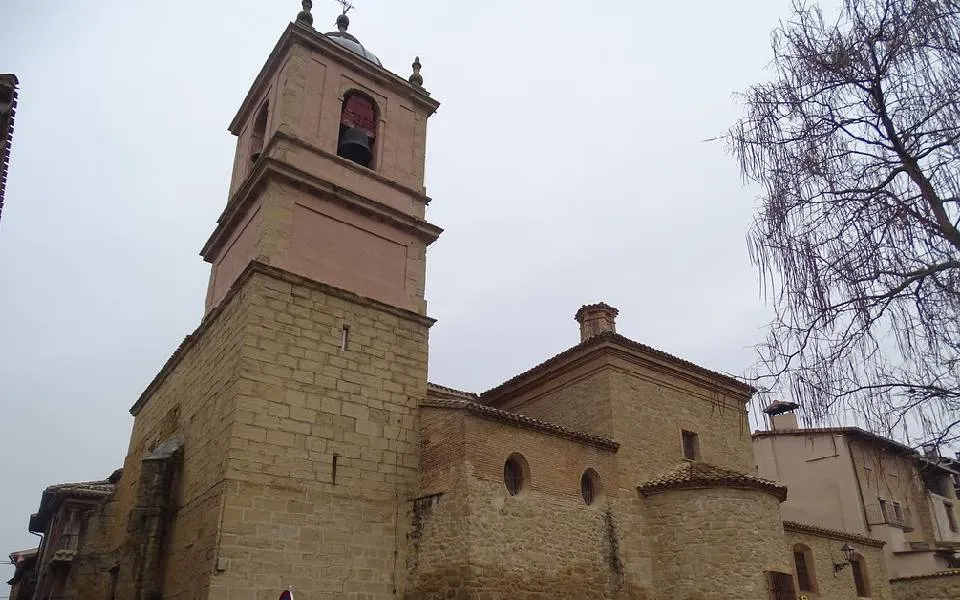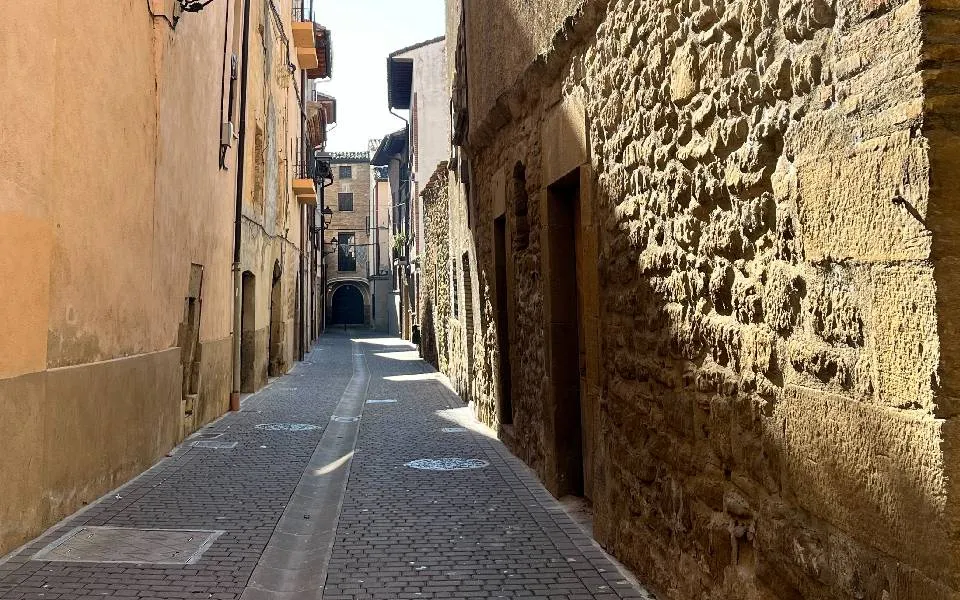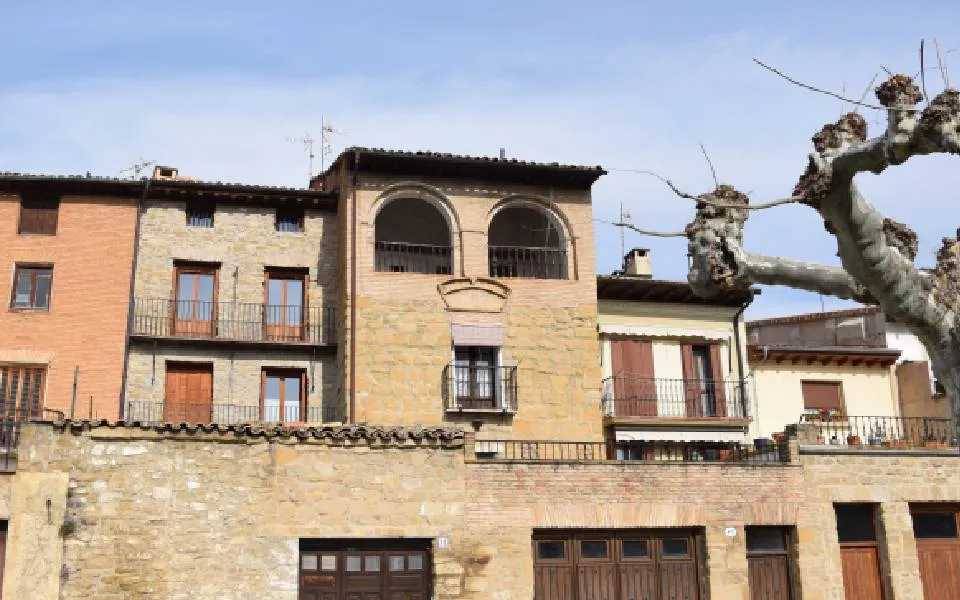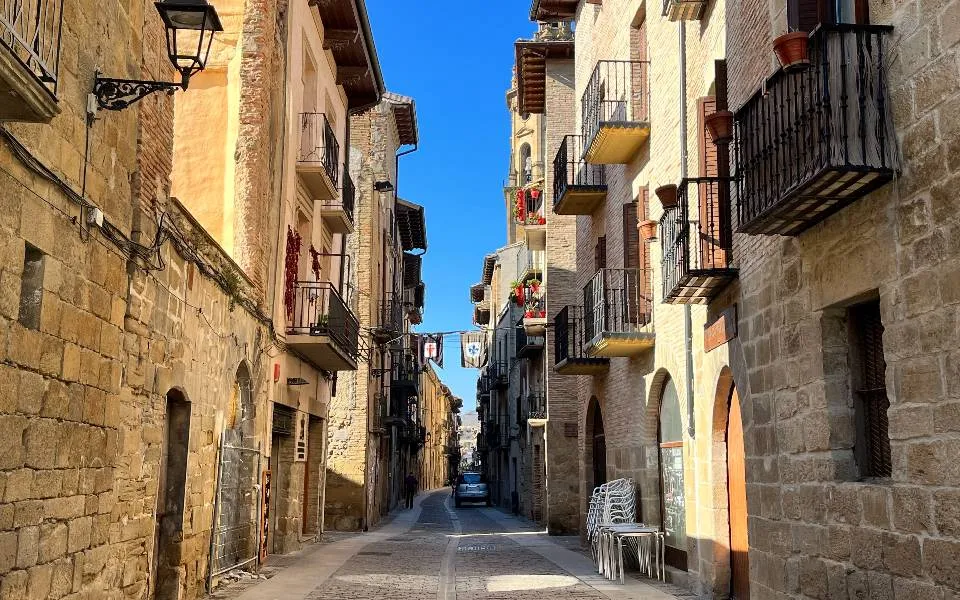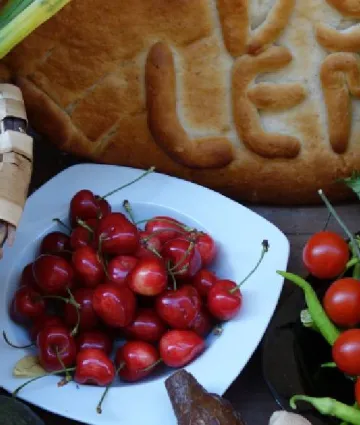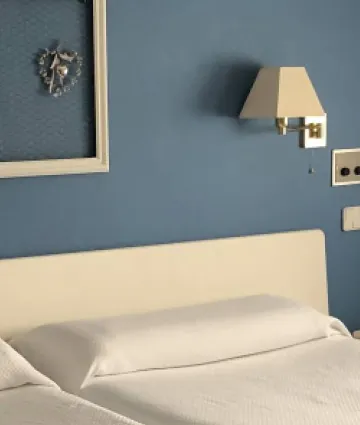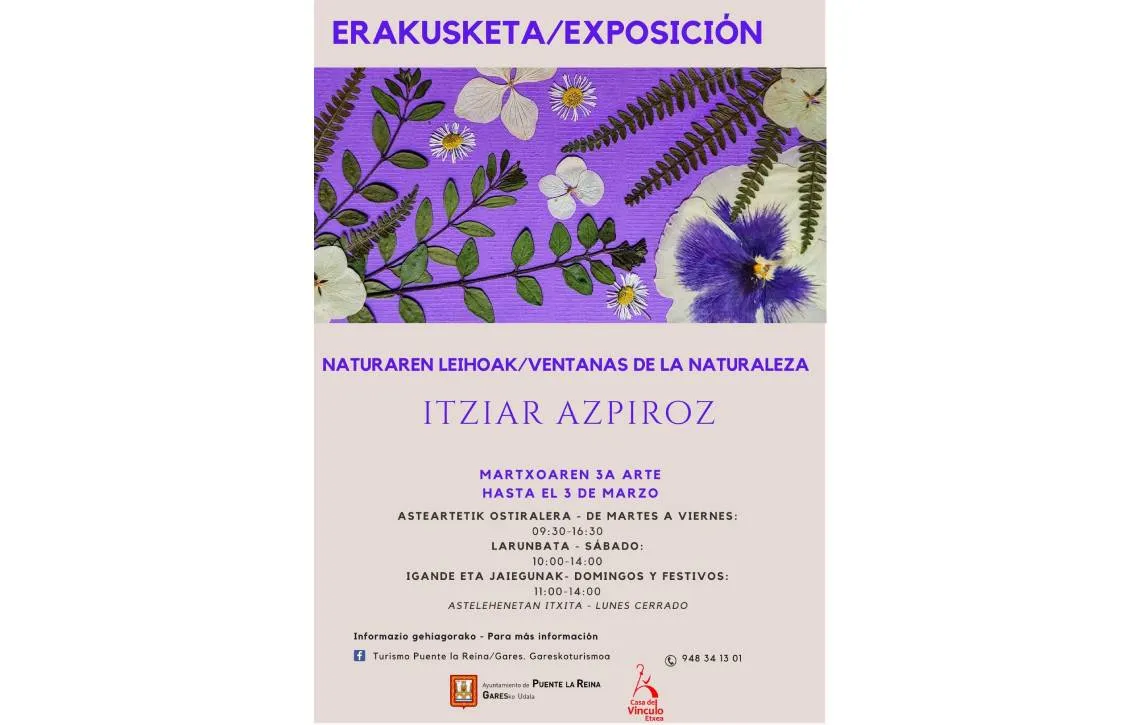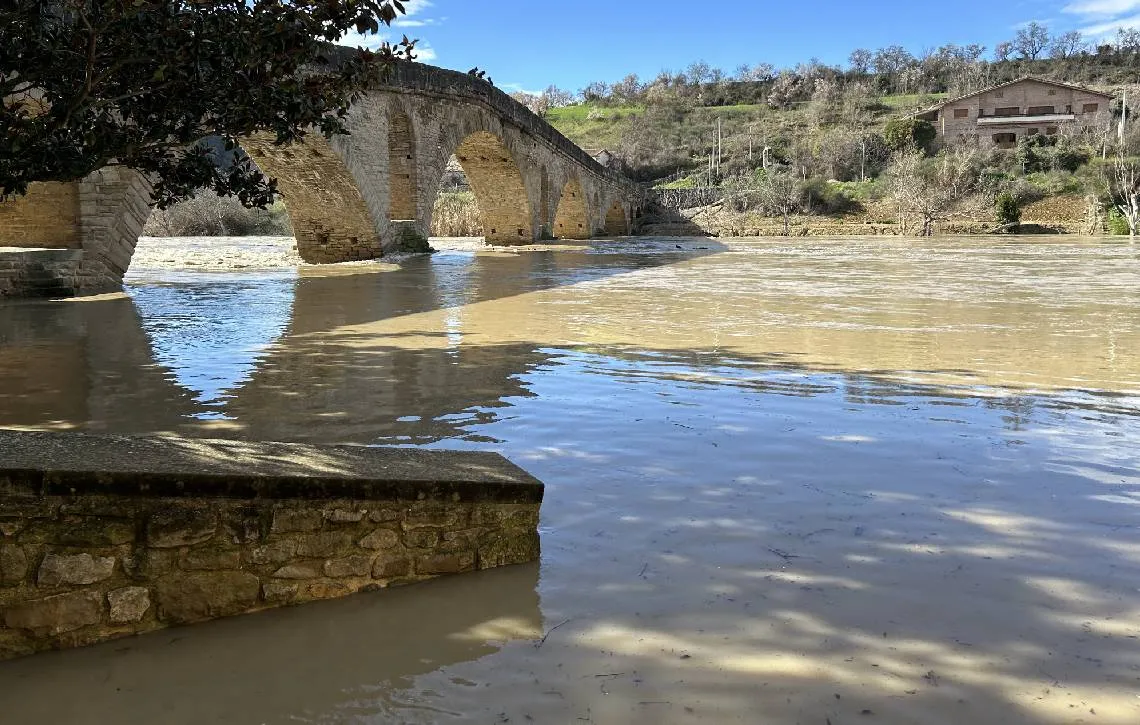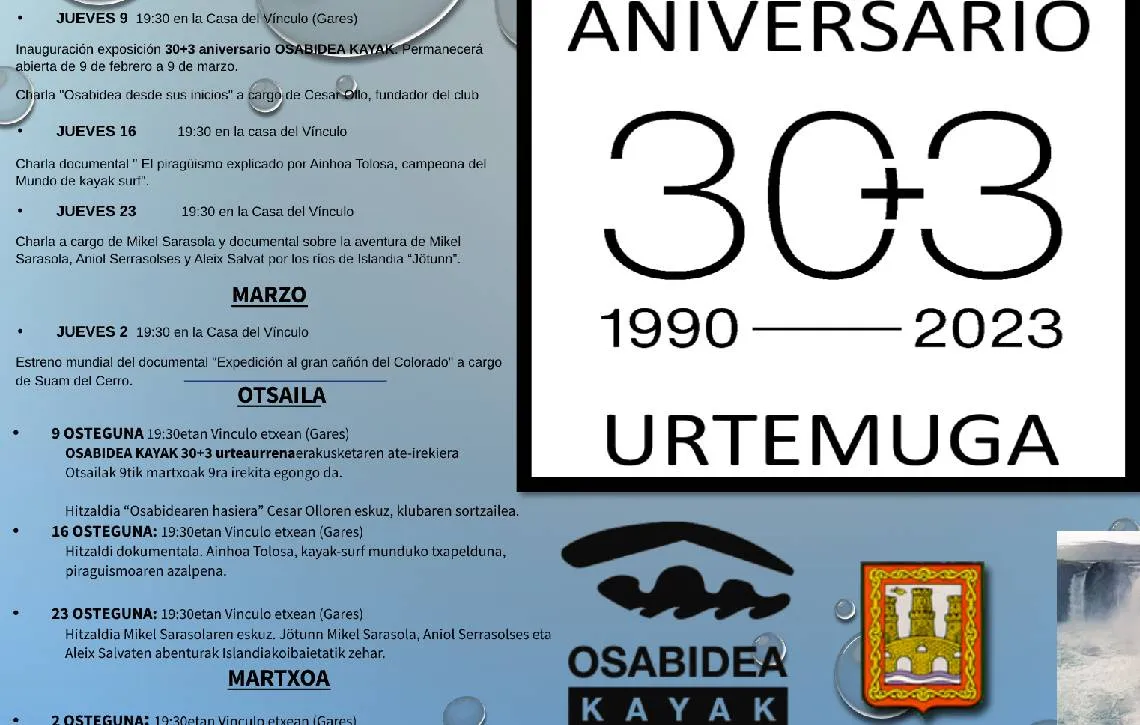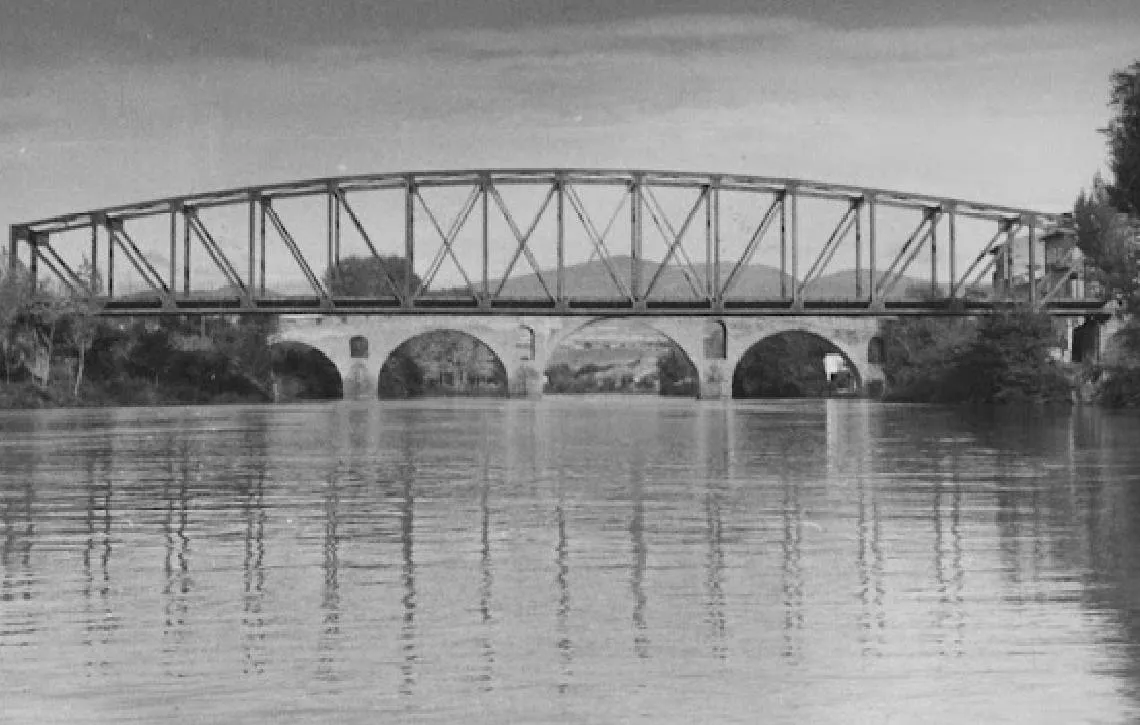Enjoy our town by exploring the main places of our villa. We invite you to discover our history, culture, and cuisine. Enjoy Puente la Reina!
The origin of the current villa is linked to the Romanesque bridge. Various hypotheses exist about its emergence. Some link it to the efforts of Doña Mayor, wife of Sancho Garcés III, while others relate it to the name of the Arga River, originally called "Runa," which later transformed into "Reina." What is certain is that the bridge facilitated the passage of pilgrims, reviving trade with the French Way and the Jaca route, leading to the title being granted to the villa and the holding of courts on several occasions.
In the 11th century, a population nucleus began forming. Alfonso the Battler granted a Charter of Settlement to a population of Franks to establish themselves on the banks of the Arga River. In 1122, he granted the Estella Charter to the inhabitants of Ponte Arga or Puente la Reina.
King García Ramírez IV of Pamplona (1134-1150) donated the Murugarren area or villa Vétula, the first documented settlement of the place, to the Order of the Templars, located at the entrance of the villa and outside its walls. Five districts were formed within the walls, each with its representative in the municipal corporation, and even the Jewish community had its own synagogue.
Later, Puente la Reina/Gares played a significant role in the Carlist Wars. The population remained loyal to Don Carlos, and there were armed conflicts in the surroundings. Several forts and Isabelline defenses from this period are found in the villa, including the Infanta Isabel fort and the embrasures on Crucifijo Street. In 1874, Don Carlos stayed in Puente la Reina, spending a night in the Patrimonial Palace (Calle Mayor) before heading to Estella.
Discover the gastronomic charms and accommodation options our surroundings offer. Explore our recommendations to experience the best in 'Where to Eat and Sleep' during your trip.
Do you want to have an unforgettable experience across 789 km of culture, history, and art?
Whether for spiritual, cultural, sports reasons, to coexist, to share with people of different nationalities, to make friends, it will always be YOUR WAY.
Puente la Reina, where the paths become one.
The Union of Ways. Puente la Reina-Gares, in the heart of Navarra, where all the Santiago ways converge, has been shaped by its history and character for over a thousand years. Pilgrims arrive at Puente la Reina from Roncesvalles or Sanguesa, a journey full of historical, architectural, and cultural value, and great scenic beauty.
The Main Street, the greatest main street in Europe, features 110 buildings with a medieval appearance along the Santiago Way.
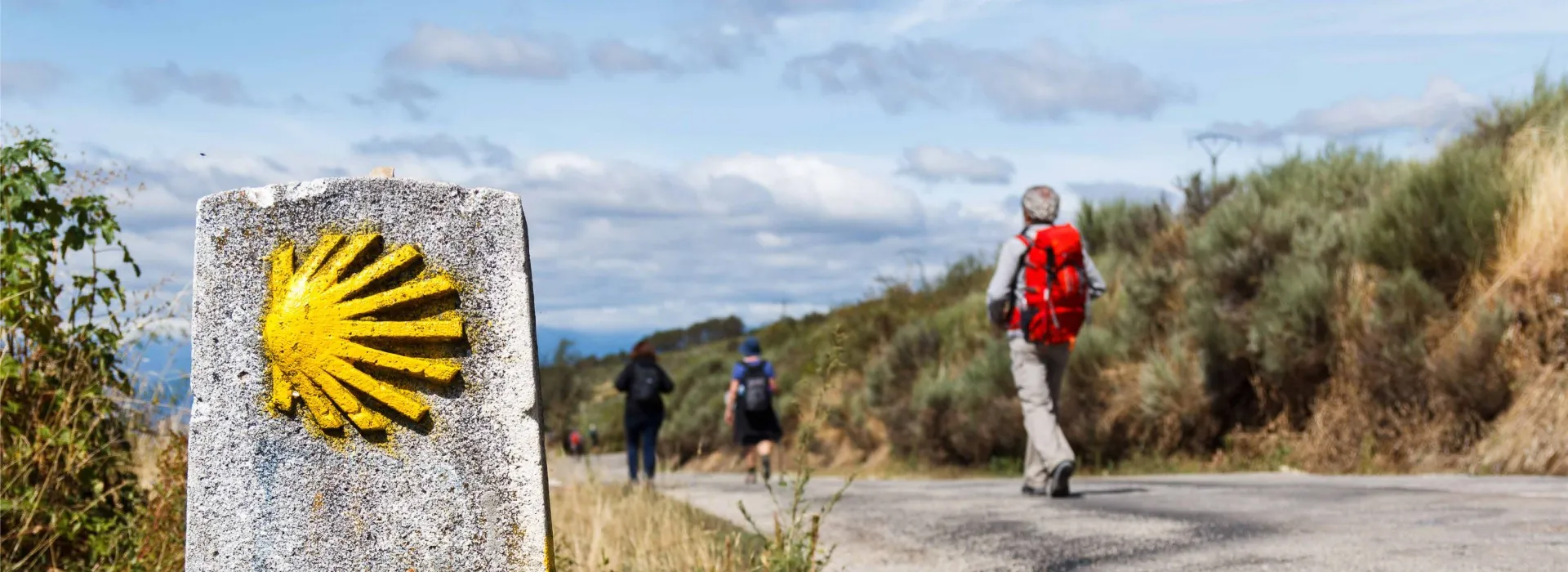
2800
